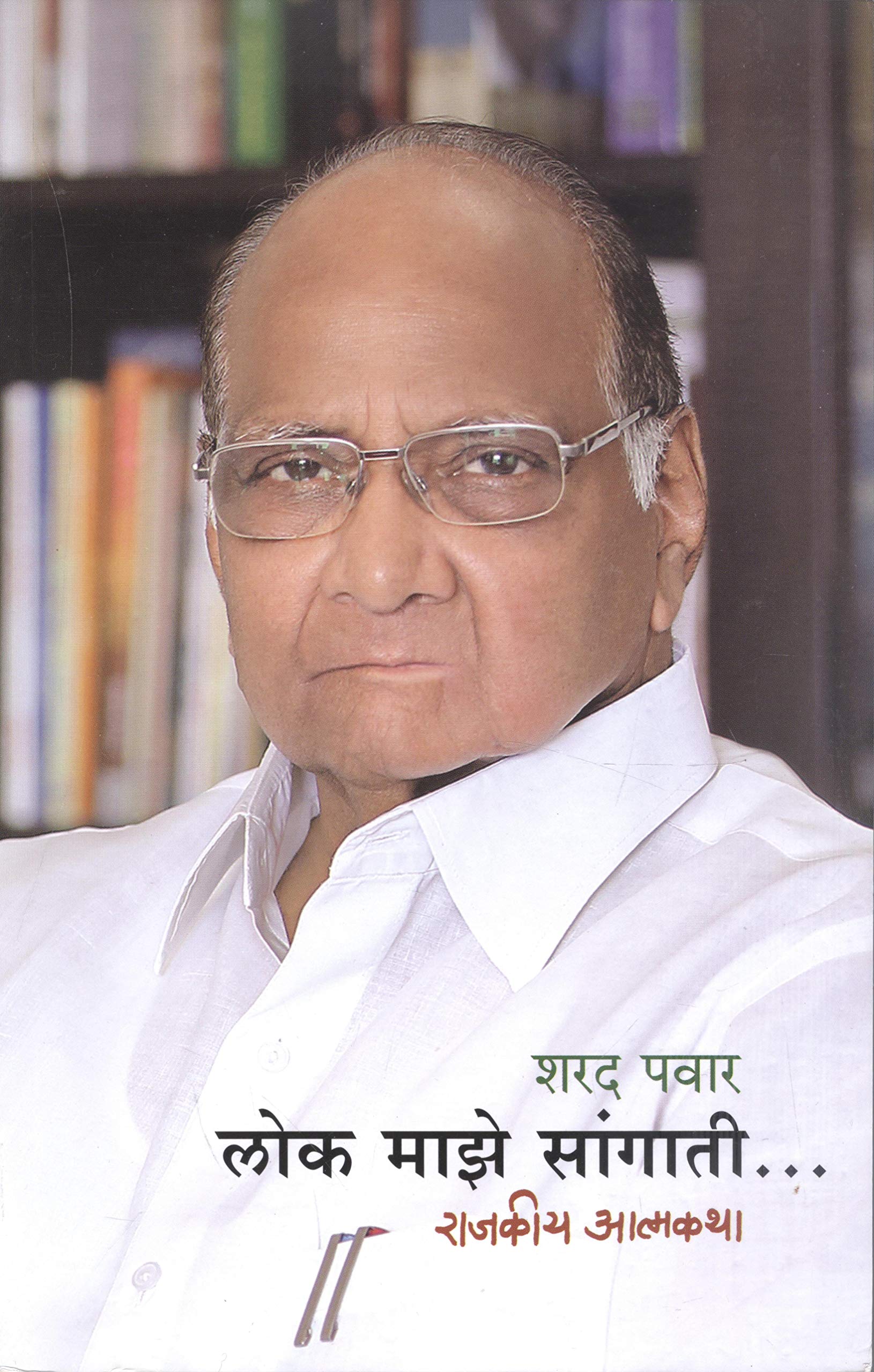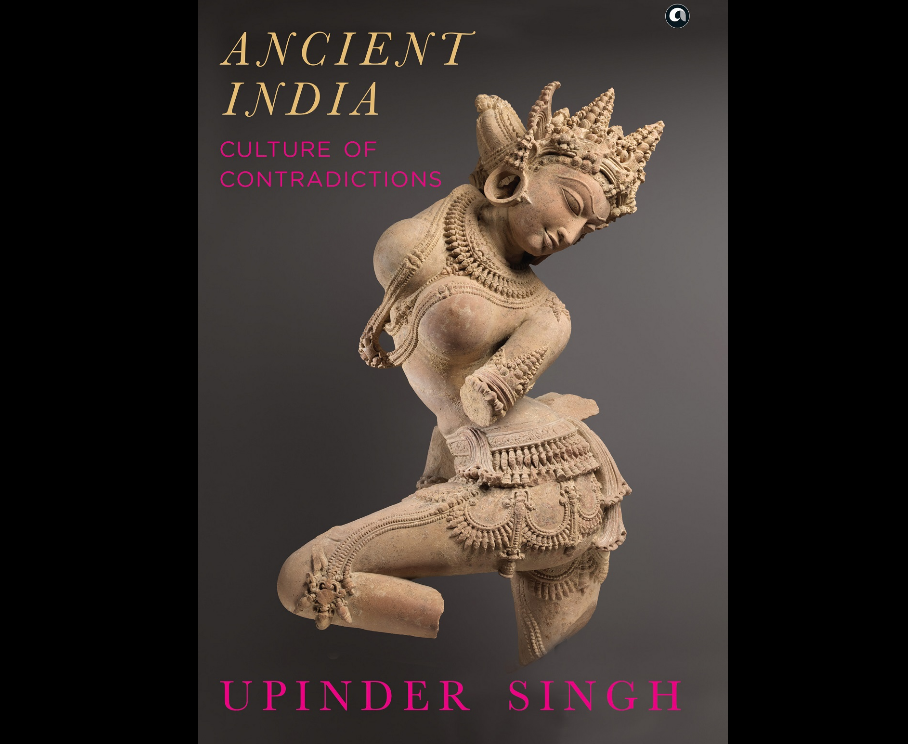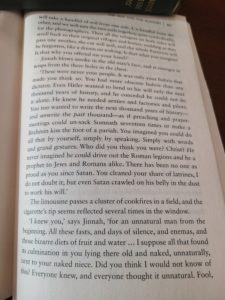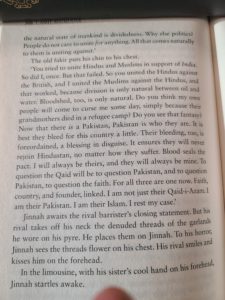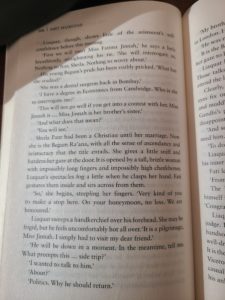The following review is from Major Amin. Formatting issues remain, but I think readers will find it interesting. (By the way, Major sahib did not say it outright, but I personally think Dalrymple has found the secret sauce of what sells in anglicized “South Asians” (i.e. blame the Brits, bless the Mughals (this is supposed to indicate how great India was before the evil company), pretend all would have been great if “a commercial company” had not ruined India) and his books massage that segment (and since the Anglo elite, no longer running a colony, itself finds this attitude very congenial, the books also do well in the Metropolitan market)
From Major Agha Humayun Amin:
Dalyrymple is a man who cannot be taken seriously because he writes to please the gallery. For example, Dalrymple totally misses the fact that Nadir Shah of Persia had agreed to spare Delhi , and accept a ransom amount , but was persuaded to sack and plunder Delhi , by Saadat Ali Khan the Mughal governor of Avadh. How serious historians can evade and omit such basic facts is mind boggling. Dalyrmple totally misses the greatest betrayal in Indian history at Karnal where Nadir Shah of Persia on prompting of Nawab of Avadh Saadat Khan decided to pillage and plunder Delhi after an initial agreement to return to Persia after being paid a relatively small fine.
An Indian author (Page-v- AN ILLUSTRATED HISTORICAL ALBUM THE EAJAS AND TAALUQDAES OE OUDH- Daroghah Haji Abbas Ali-Printed by Northwestern Provinces and Oudh Government Press- Allahabad-1880.) had thus defined it as the greatest treachery in Indian Muslim history , which this most intellectually dishonest man omitted as below:–
“Saadat Khan eventually, by paying two crores of rupees, obtained the appointment he had all along quietly coveted, viz., that of Amir-ul-issa, Vizier of Delhi. But the attainment of his ambition brought out his worst qualities, though fortunately for his former reputation and for those brought under his influence, his career of oppression and cruelty did not last long. His treasonable advice to Nadir Shah mainly led to Nadir’s disgraceful work of spoliation at Delhi” All the treasure and jewels of the Imperial Court were taken, and everyone who did not make a clean breast of his wealth was tortured most unmercifully.”
Another eminent Indian author (Page-21-THE LIFE AND TIMES OF THE NAWABS OF LUCKNOW- Ravi Bhatt- Published by Rupa Publication -New Delhi-2006)
described Indian Muslim treachery of Saadat Ali Khan as below:–
“He tempted Nadir Shah with a promise to extort about Rupees 20 crores from Delhi. Nadir Shah decided to take a chance. He appointed Saadat Khan as the vakil-i-mutlaq and asked him to take the charge of Delhi. Later on, Delhi was completely destroyed by Nadir Shah. Nadir Shah had gone with his army to Delhi to collect money. In Delhi, a rumour suddenly spread that Nadir Shah had died, so a mob attacked one of his troops of 3,000 people. A bullet narrowly missed Nadir Shah himself when he was going to the mosque to pray. Nadir Shah retaliated by ordering a general massacre in which several thousands of innocent people were killed and large-scale proper-ties were destroyed. Nadir Shah also sent his men to Awadh to bring Sadat Khan’s money. Humiliated by Nadir Shah, Saadat Khan committed suicide on 20 March 1739.” 2
Dalrymple is master in spinning exaggerated yarns about British treachery but has no time for Indian Muslim treachery which far exceeded British treachery!
Strangely Dalrymple misses even inserting a biographical note on Nawab Saadat Ali Khan , whose treachery and low character far outmatched any British actor , including Clive.
Dalrymple spents great energy on famine of Bengal of 1770 and vilifying the company but fails to reconcile the fact that a far greater famine broke out in Bengal under the British crown. His treatment of events reeks with extreme polemics and subjectivism.
On page 12 there is a small typing error placing third Mysore war victory of Cornwallis in 1782 rather than 1792.
In describing Aurangzeb on page 13 Dalrymple misses the most essential fact that it was the Hindu Mahratta Insurgency that laid foundations of decline and fall of Mughal Empire. In this regard Rajputs etc. were mickey mouse players and the real hero of Hindu resurgence was Sivaji.
Degradingly describes Mohammad Shah but fails to note that under his tenure Mughals defeated Ahmad Shah Abdali at Sirhind in 1748
Battle of Buxar took place in 1764 and not in 1765 as Mr Dalrymple states on page-16.
Dalrymple is addicted to false fantasies. Thus he projects the Mughals as the height of civilization while these so called civilized Mughals in 1719 publicly tortured Banda Sahibs five year old son, gouging out his heart while the child was alive and shoving it in his fathers mouth !
Nadir Shah did not invade Afghanistan in 1739 but in 1738 via Helmand as it was a long way from Delhi but our brilliant and careless writer states he did so in 1739; worst is his treatment of military events like in describing First Anglo Mysore war he glorifies Hyder Ali but fails to note that he lost in various pitched battles to Colonel Smith and won only because of lack of cavalry by the company as well as extreme corruption of company’s officials.
Dalrymple’s treatment of military history is atrocious. Like in discussing Second Anglo-Mysore War he only discusses one battle Pollilore. whereas totally ignores the fact that Hyder Ali was repeatedly defeated at Porto Novo , Sholingur etc by Sir Eyre Coote. Dalrymple totally forgets the fact that while the company lost one battle in 1780 the war continued till 1784 and was inconclusive.
Dalyrmple’s use of historical facts is one sided and extremely biased.
Ahmad Shah Abdali never went to Delhi in 1762 so Dalrymples claim that he ousted Imad ul Mulk in 1762 is incorrect (page- 259 ).
By and large the book is a repetition of well known facts of British Indian history. However Dalrymple has wasted a book in vain as it brings out nothing new. His whole conclusion about the company and the title of the book “Anarchy” is extremely questionable and debatable. Firstly English East India Company did not cause anarchy in India as Dalrymple repeatedly tries to prove. India was in complete anarchy when the British company became a serious player. Delhi was sacked more than 40 times between 1737 and 1800 by non British but Dalrymple is blind to this hard fact. All the bad things he sees are only to be found in English East India Company.
His military knowledge is myopic and he constantly distorts military history and uses bits and pieces to prove or disprove as he wills at whim.
As a matter of fact the company restored order in India .First three universities in Indian history were founded at Calcutta ,Madras and Bombay in 1856-57. Outmoded customs like widow burning , infanticide etc were abolished by the company. A hereditary class of feudal was created by Lord Cornwallis in 1792 as a result of which political stability was introduced and strengthened in India.
The company had many reformers, philanthropists and utilitarians but Dalrymple in his irrational hatred is blind to all these people. To Dalrymple all that British East India Company did was bad and he has an extremely jaundiced and twisted vision. Dalrymple gives no weightage to the fact that British parliament and system prosecuted Clive and Warren Hastings and tried to regulate India. Above all Dalrymple forgets that without the driving spirit of corporate enterprise of the company the British would never have conquered India.
While personal interest has constantly dominated human conduct in history, whether it was a company or a state , Dalrymple wears colored glasses and his perception is cloudy as well as confused.
Lastly my most serious issue with Dalrymple is his overly simplistic sweeping judgements. Mughals were as big opportunists as the company. They were a small group kicked out of central Asia and captured India or north India just like the British company because of superior military tactics. If you look at Mughal contributions you find only Taj Mahal or Shalimar Bagh in Lahore ! Whereas the British company gave India , irrigation , universities, a sound military system , a system of governance and social classes like feudal who made the system more stable.
Another point that Dalrymple totally misses is that the company saved the Indian Muslims from total political extinction . The Muslims were nobodies by 1800. Delhi was Mahratta ruled, Badshahi mosque of Lahore was a horse stable and a powder magazine! The Mahrattas and Sikhs totally dominated north India! But a knight in shining armor comes and saves the Indian Muslims. Lake saves Delhi Muslims ! Hugh Goughs saves Lahore and Peshawar Muslims ! But Dalrymple misses out all these things.
Dalrymples most serious failure is that greed and avarice is not a British company failing but a human failing and all Indian rulers were guilty of this .
Dalrymple fails to appreciate that Indians gladly fought against Indians under the company because the company paid salaries in time !
Dalyrmple fails to note that British company’s triumphs were triumphs of organization where Lieutenant Flint repeatedly defeated Tipu Sultan with a 100 % Indian force at Wandewash. Dalrymple fails to appreciate that India was conquered by an organizationally superior company using 80 % Indian manpower ! Why Indians followed them if they were so evil as Dalrymple believes or wants us to believe !
Today what we are seeing in Pakistan is far worst than what any British company could have done to this region. No one is safe in Pakistan, anyone who dares to speak the truth can be abducted by state security agencies. This scribe who retired as a major is getting less than 100 USD per month pension , which is good only for starvation and death.
But intellectually dishonest characters like Dalrymple can exaggerate and paint false pictures , just to sell his books ! And lastly Dalrymple fails to relate to what happened after the British left. Pakistan where I live is the most corrupt state in the world. Pakistan’s tax officials of the so called FBR are 1 billion times more corrupt than English East India Company could be in their wildest dreams. Parochialism is such that in todays Pakistan entire establishment consists of few districts and few castes of North Punjab and small parts of Sindh !
Characters like Dalrymple thrive on emotional manipulation which is why Dalrymple needs to be questioned and refuted !






